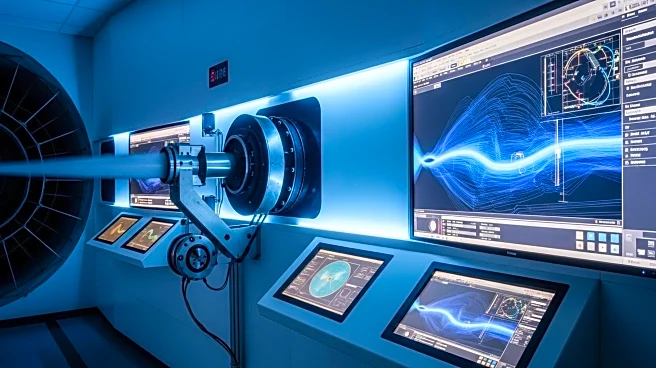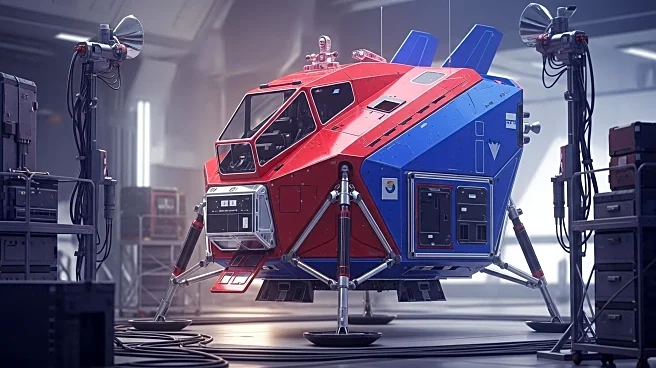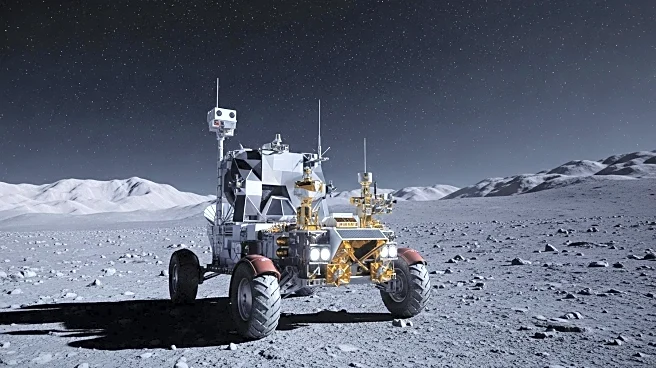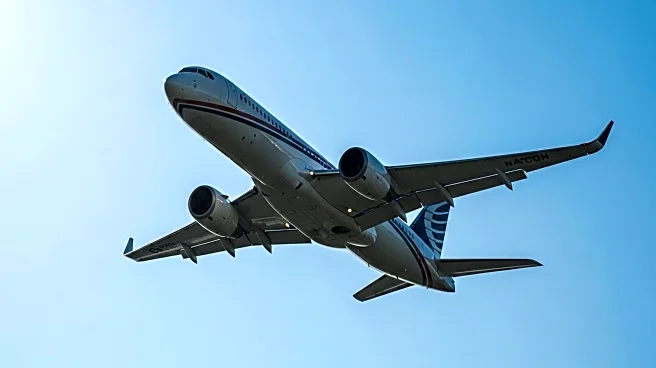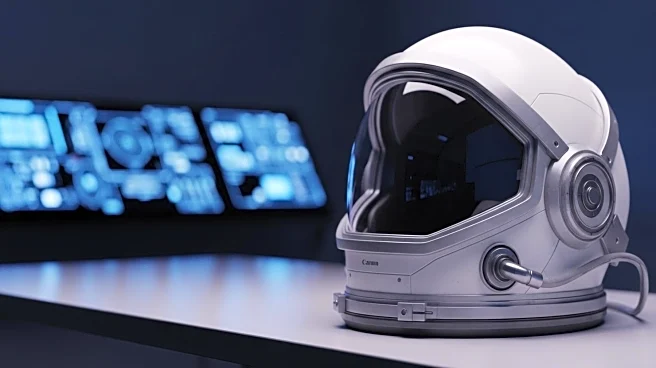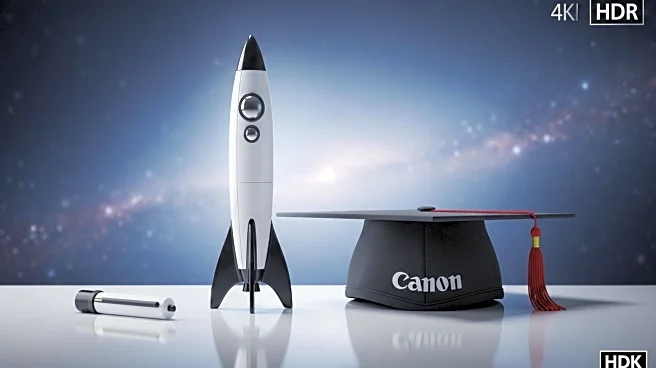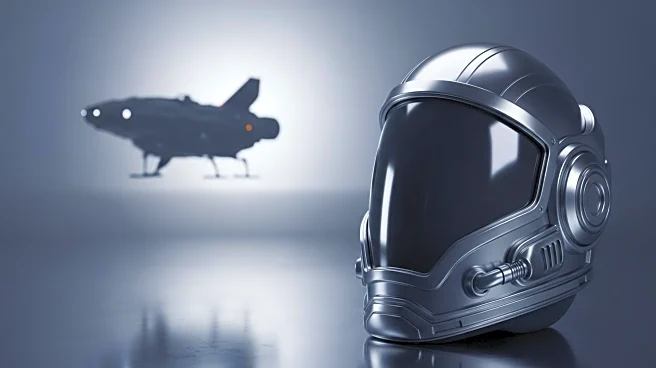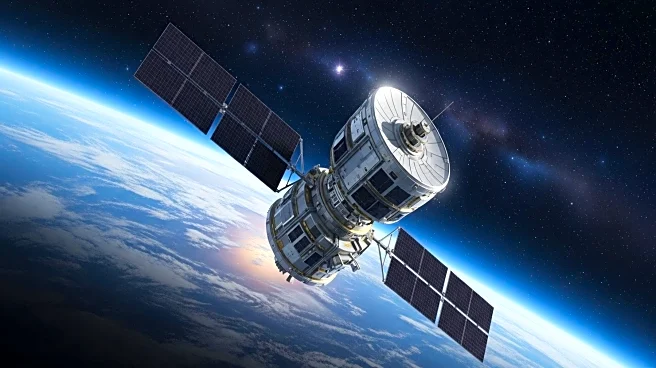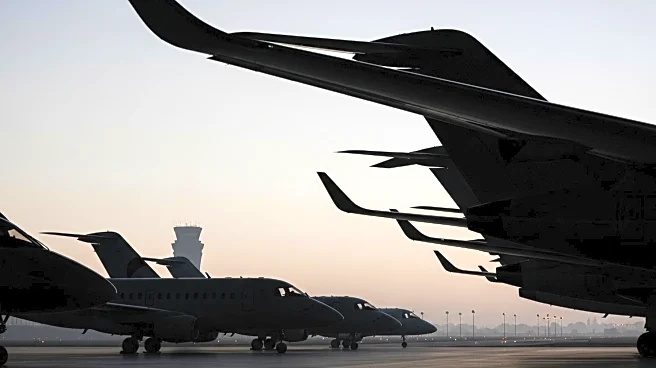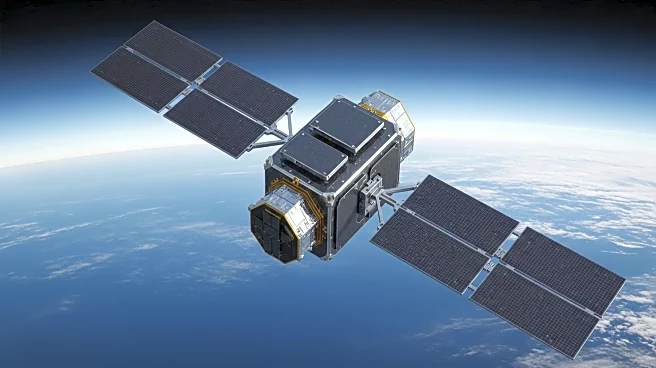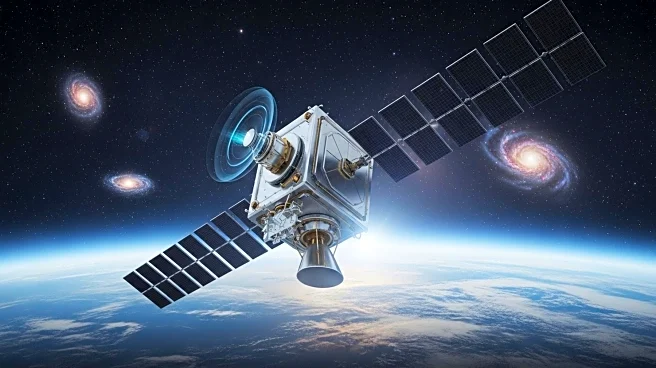What is the story about?
What's Happening?
The Drag Prediction Workshop series is an international initiative aimed at enhancing transonic aerodynamic predictions. This collaborative effort involves the aerospace community working together to improve computational methods and tools for predicting transonic aircraft performance, particularly focusing on drag. NASA has been a key participant in this series since its inception in 2001, contributing to the development of the NASA/Boeing Common Research Model, an open-access aircraft geometry extensively tested worldwide. The upcoming DPW-8 workshop, held alongside the Aeroelastic Prediction Workshop 4, will continue to focus on code and methods improvements.
Why It's Important?
Improving aerodynamic predictions is crucial for the aerospace industry as it directly impacts aircraft design and efficiency. Enhanced prediction methods can lead to better fuel efficiency, reduced emissions, and lower operational costs for airlines. NASA's involvement underscores the importance of collaboration between government agencies and private companies in advancing aerospace technology. The outcomes of these workshops can influence future aircraft designs and contribute to the competitiveness of the U.S. aerospace sector globally.
What's Next?
The DPW-8 workshop will further explore advancements in computational methods, potentially leading to new standards in aerodynamic predictions. Stakeholders in the aerospace industry, including manufacturers and airlines, are likely to monitor these developments closely, as they could affect future aircraft designs and operational strategies. Continued collaboration between NASA and international partners may also lead to new research opportunities and technological innovations.
Beyond the Headlines
The workshop series highlights the importance of international collaboration in scientific research and technological development. It also raises ethical considerations regarding the environmental impact of aviation and the need for sustainable practices in the industry. Long-term, these efforts could contribute to a shift towards more environmentally friendly aircraft designs.
AI Generated Content
Do you find this article useful?
